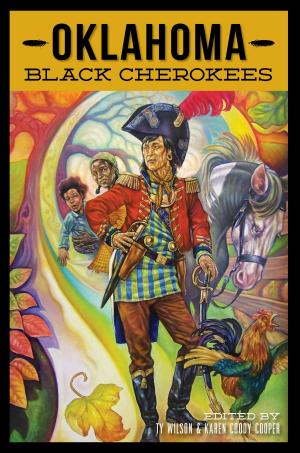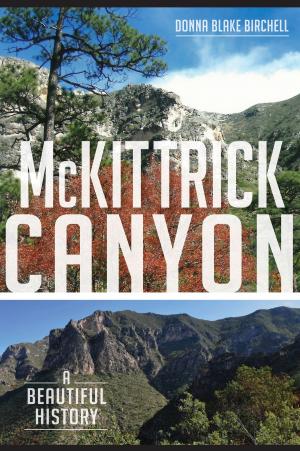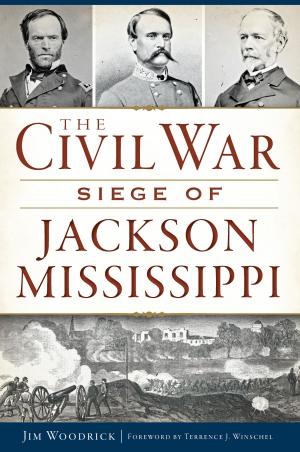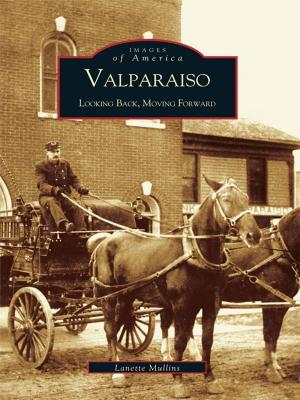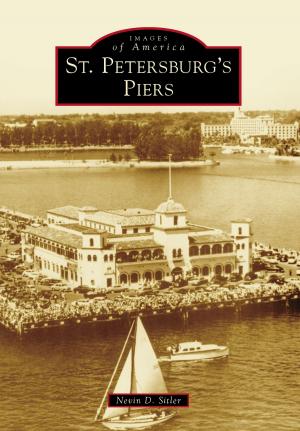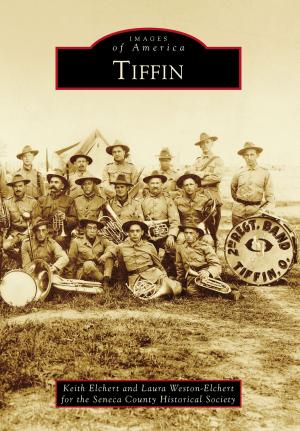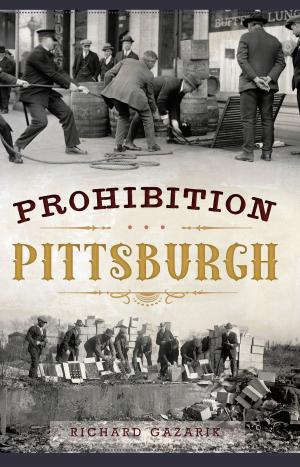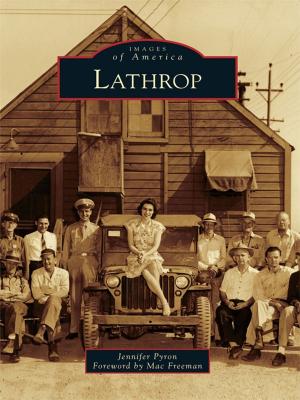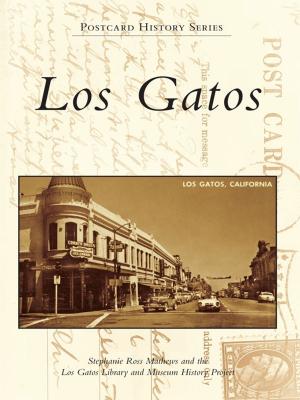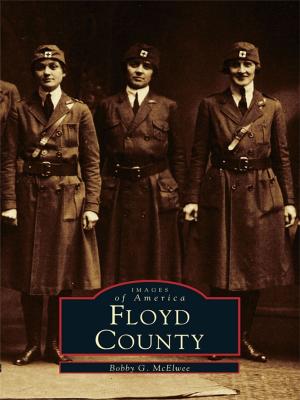| Author: | Linda Puckett, Garza County Historical Museum | ISBN: | 9781439624647 |
| Publisher: | Arcadia Publishing Inc. | Publication: | August 2, 2010 |
| Imprint: | Arcadia Publishing | Language: | English |
| Author: | Linda Puckett, Garza County Historical Museum |
| ISBN: | 9781439624647 |
| Publisher: | Arcadia Publishing Inc. |
| Publication: | August 2, 2010 |
| Imprint: | Arcadia Publishing |
| Language: | English |
Garza County was created in 1876 and named by Texas legislators in honor of the de la Garza family of San Antonio. The county lay claim to vast ranch lands with the picturesque cap rock escarpment weaving its way from north to south. Though the 1880 census listed the population as a sparse 36 people�mostly landowners and cowhands�cattlemen like John B. Slaughter and W. E. Connell owned massive spreads in excess of 100,000 acres with more than 5,000 head of cattle and 100 horses. By 1900, the population had grown to 180, with only 545 acres in cultivation. Things changed with the arrival of cereal magnate C. W. Post, who came to Garza County to begin building his model town and experimental farming campaign. On June 15, 1907, an election to organize the county was held and Post City became the official county seat, touting the slogan �Gateway to the Plains.�
Garza County was created in 1876 and named by Texas legislators in honor of the de la Garza family of San Antonio. The county lay claim to vast ranch lands with the picturesque cap rock escarpment weaving its way from north to south. Though the 1880 census listed the population as a sparse 36 people�mostly landowners and cowhands�cattlemen like John B. Slaughter and W. E. Connell owned massive spreads in excess of 100,000 acres with more than 5,000 head of cattle and 100 horses. By 1900, the population had grown to 180, with only 545 acres in cultivation. Things changed with the arrival of cereal magnate C. W. Post, who came to Garza County to begin building his model town and experimental farming campaign. On June 15, 1907, an election to organize the county was held and Post City became the official county seat, touting the slogan �Gateway to the Plains.�

